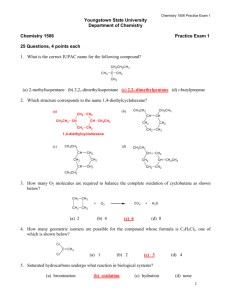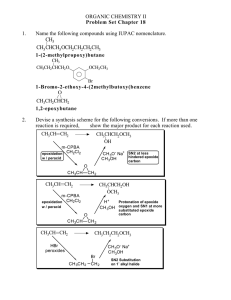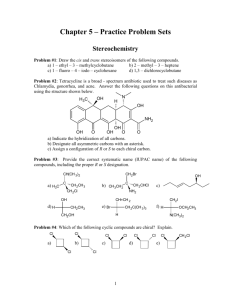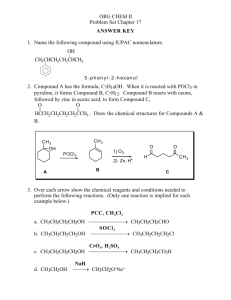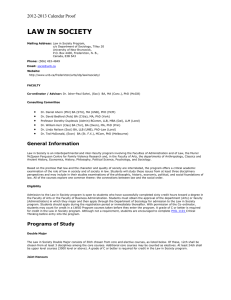Practical recommendations
advertisement
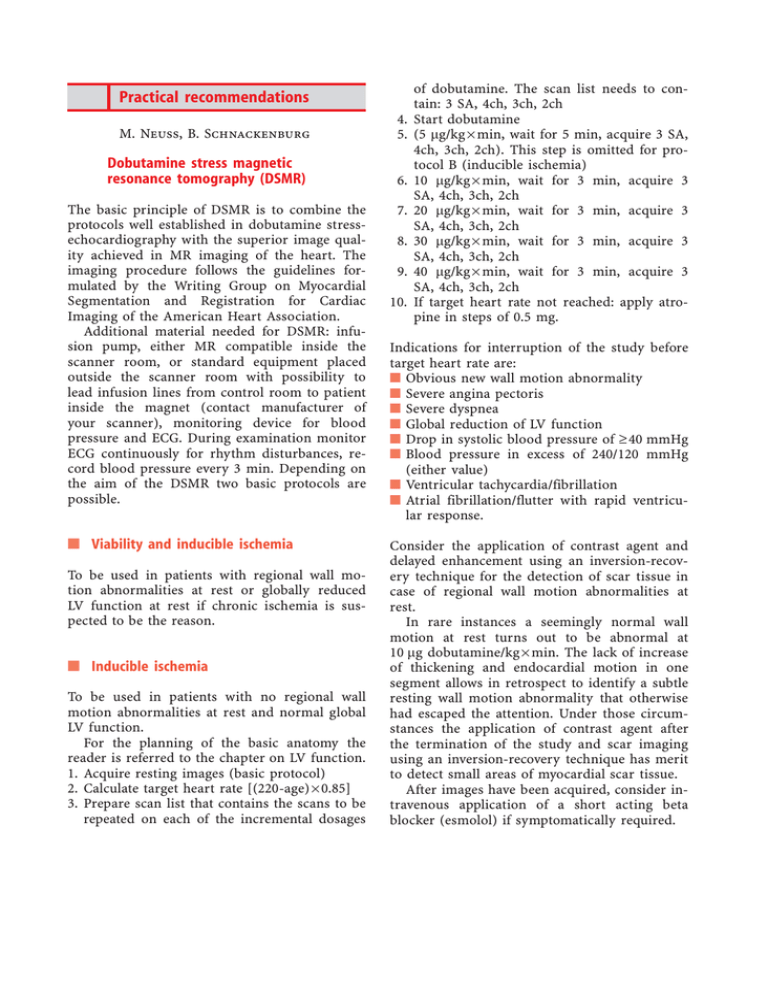
Practical recommendations M. Neuss, B. Schnackenburg 4. 5. Dobutamine stress magnetic resonance tomography (DSMR) 6. The basic principle of DSMR is to combine the protocols well established in dobutamine stressechocardiography with the superior image quality achieved in MR imaging of the heart. The imaging procedure follows the guidelines formulated by the Writing Group on Myocardial Segmentation and Registration for Cardiac Imaging of the American Heart Association. Additional material needed for DSMR: infusion pump, either MR compatible inside the scanner room, or standard equipment placed outside the scanner room with possibility to lead infusion lines from control room to patient inside the magnet (contact manufacturer of your scanner), monitoring device for blood pressure and ECG. During examination monitor ECG continuously for rhythm disturbances, record blood pressure every 3 min. Depending on the aim of the DSMR two basic protocols are possible. n Viability and inducible ischemia To be used in patients with regional wall motion abnormalities at rest or globally reduced LV function at rest if chronic ischemia is suspected to be the reason. n Inducible ischemia To be used in patients with no regional wall motion abnormalities at rest and normal global LV function. For the planning of the basic anatomy the reader is referred to the chapter on LV function. 1. Acquire resting images (basic protocol) 2. Calculate target heart rate [(220-age) ´ 0.85] 3. Prepare scan list that contains the scans to be repeated on each of the incremental dosages 7. 8. 9. 10. of dobutamine. The scan list needs to contain: 3 SA, 4ch, 3ch, 2ch Start dobutamine (5 lg/kg ´ min, wait for 5 min, acquire 3 SA, 4ch, 3ch, 2ch). This step is omitted for protocol B (inducible ischemia) 10 lg/kg ´ min, wait for 3 min, acquire 3 SA, 4ch, 3ch, 2ch 20 lg/kg ´ min, wait for 3 min, acquire 3 SA, 4ch, 3ch, 2ch 30 lg/kg ´ min, wait for 3 min, acquire 3 SA, 4ch, 3ch, 2ch 40 lg/kg ´ min, wait for 3 min, acquire 3 SA, 4ch, 3ch, 2ch If target heart rate not reached: apply atropine in steps of 0.5 mg. Indications for interruption of the study before target heart rate are: n Obvious new wall motion abnormality n Severe angina pectoris n Severe dyspnea n Global reduction of LV function n Drop in systolic blood pressure of ³ 40 mmHg n Blood pressure in excess of 240/120 mmHg (either value) n Ventricular tachycardia/fibrillation n Atrial fibrillation/flutter with rapid ventricular response. Consider the application of contrast agent and delayed enhancement using an inversion-recovery technique for the detection of scar tissue in case of regional wall motion abnormalities at rest. In rare instances a seemingly normal wall motion at rest turns out to be abnormal at 10 lg dobutamine/kg ´ min. The lack of increase of thickening and endocardial motion in one segment allows in retrospect to identify a subtle resting wall motion abnormality that otherwise had escaped the attention. Under those circumstances the application of contrast agent after the termination of the study and scar imaging using an inversion-recovery technique has merit to detect small areas of myocardial scar tissue. After images have been acquired, consider intravenous application of a short acting beta blocker (esmolol) if symptomatically required.
